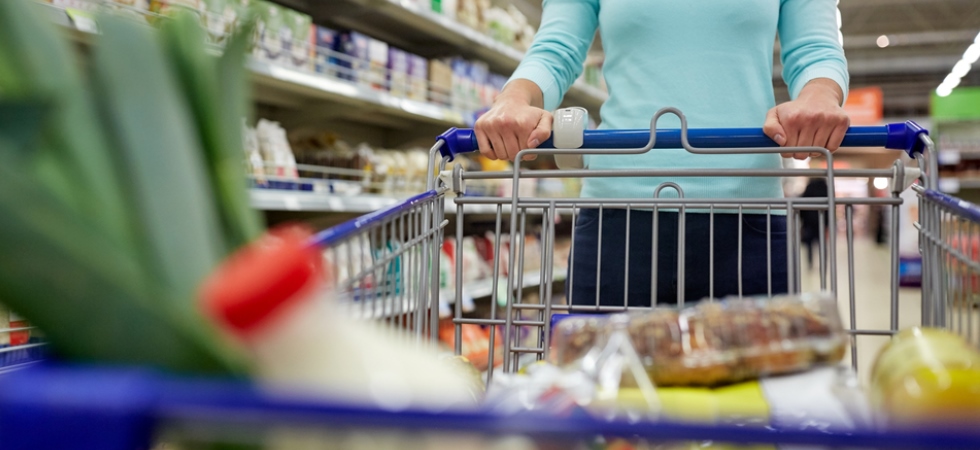The Competition and Markets Authority’s (CMA) latest report has found that although food price inflation is at historically high levels, evidence collected to date indicates that competition issues have not been driving this.
Over the past two months, the CMA has assessed how retail competition is working in the UK grocery sector, particularly between supermarkets such as Asda, Morrisons, Sainsbury’s and Tesco as well as discounters, including Aldi and Lidl.
Looking at the effectiveness of retail competition across the market, the CMA’s review has focused on the extent to which rivalry between retailers ensures they keep their prices as low as possible and whether consumers can shop around to get the best deals.
Operating profits in the retail grocery sector fell by 41.5% in 2022/23, compared with the previous year while average operating margins fell from 3.2% to 1.8%. The report said that this is due to retailers’ costs increasing faster than their revenues, indicating that rising costs have not been passed on in full to consumers.
The report also found that consumers are shopping around to get the best deals, and the lowest-price retailers – Aldi and Lidl – have gained share from their competitors. This suggests retailers are restricted in their ability to raise prices without losing business.
Speaking about the report’s findings on competition within the grocery sector, Sarah Cardell, CEO of the CMA said: “The overall evidence suggests a better picture than in the fuel market, with stronger price competition between all of the supermarkets and discounters. In the next phase of our work, we will examine competition and prices across the supply chain for the product categories we’ve identified. We’ll also continue to monitor the situation to ensure that competition remains effective as input costs start to fall.”
Price labelling concerns highlighted
Within the report, the CMA called for Government to pass legislation that forces supermarkets to make product pricing clearer in order to benefit consumers looking to save money on their weekly shop. The CMA said pricing that is unclear or hard to see on products could be creating difficulties for those trying to compare the prices in the supermarket.
In its report, the CMA has set out recommendations on the unit pricing rules and is calling on the Government to reform this legislation. The CMA has also written to those that are not fully complying with the PMO and expects them to make changes to address its concerns or risk enforcement action.
Some products priced by unit were found to be labelled incorrectly – for example, the CMA found that one 250ml bottle of handwash was priced at £1.19, but the label on the shelf read that the unit was priced at £476 per 100ml. This incorrect labelling could cause confusion and impact the decisions consumers make regarding their purchases, said the retail body.









